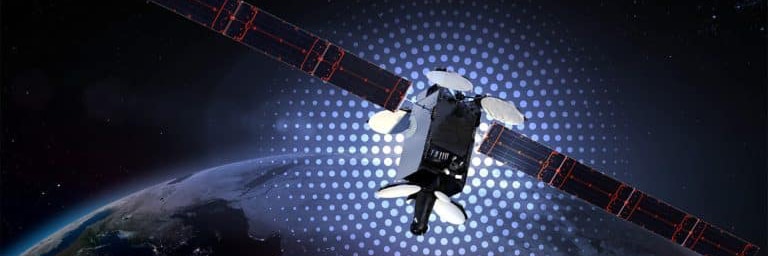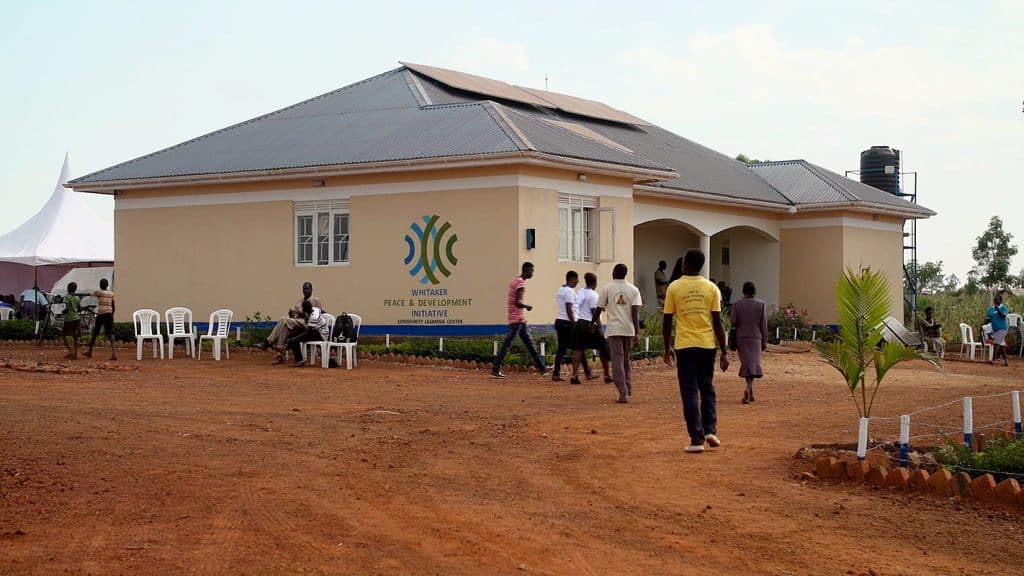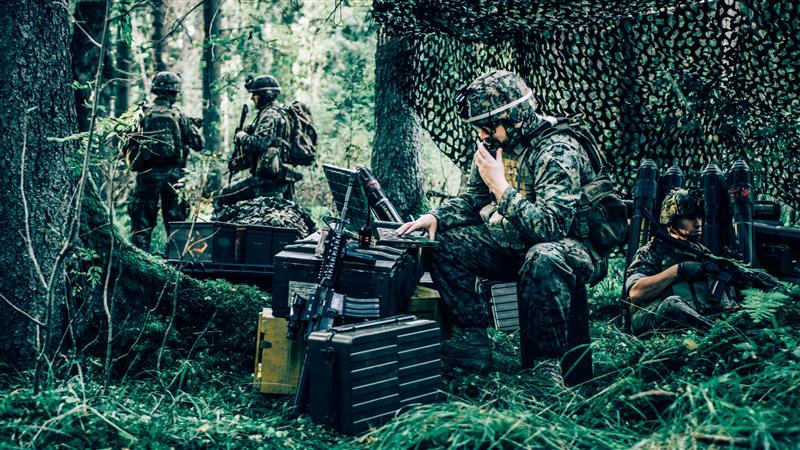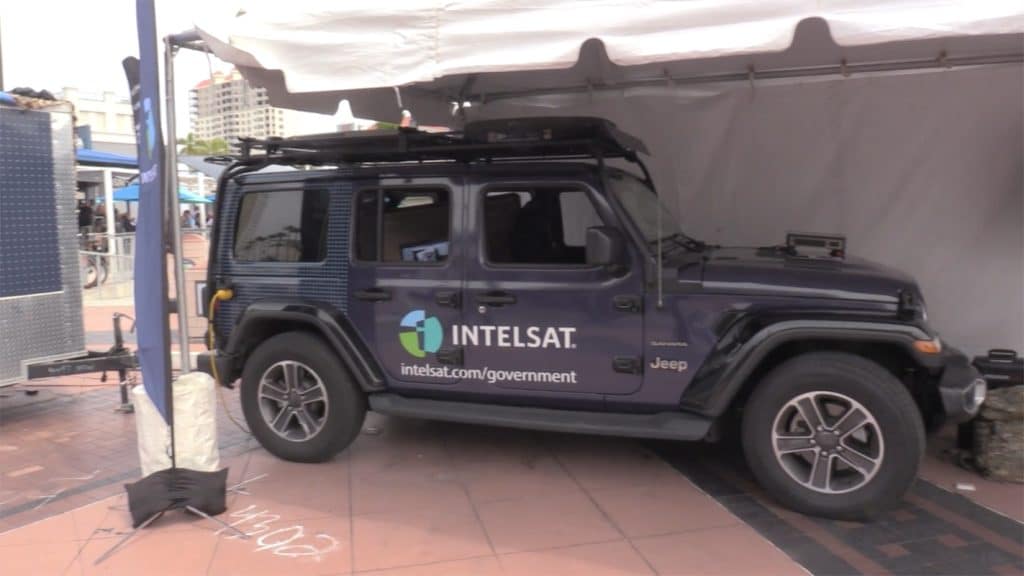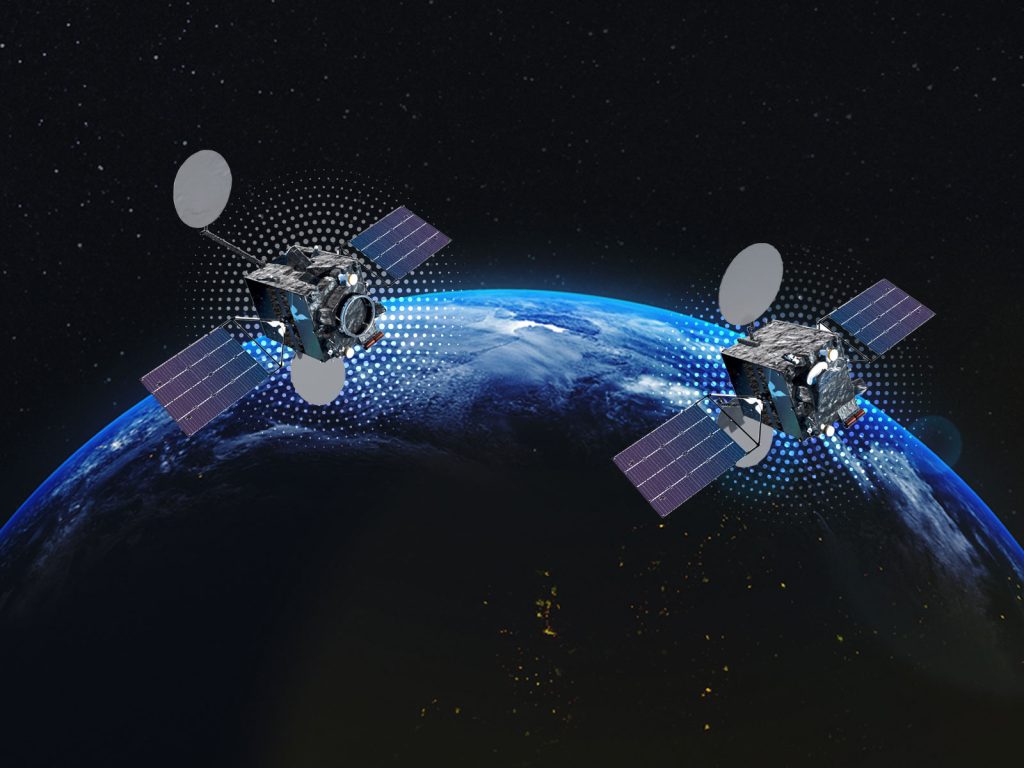Commercial Satcom Has What USSOCOM Needs to “Win-Transform-People”

Underlying all the USSOCOM Commander’s objectives is the extreme need for resiliency. Deb Woods, the U.S. Special Operations Command’s program executive officer for command, control, communications and computers, told National Defense:
“Assured communications enable the operator to make crucial decisions based on his sight picture of the battlefield derived from real-time enemy or friendly data. As net-centric warfare continues to evolve and our operators engage in disparate environments, assured communications become vital for success.”
While Woods and other USSOCOM officials are right to prioritize the need for resiliency and assured communications for special operations, these capabilities are already available to them. The majority of U.S. military intelligence, surveillance, and reconnaissance (ISR) data is carried over commercial satellite networks, and commercial satcom providers are continually evolving their networks to deliver state-of-the-art capabilities.
Consider, for example, the use of Class III UAVs for tactical ISR. In the past, the small antennas on these devices would have restricted bandwidth capabilities. Today, however, the Intelsat EpicNG high-throughput satellite platform provides dramatically greater performance for Class III UAVs, and allows much greater bandwidth using smaller antennas. Intelsat EpicNG enables throughput up to 5 times that of traditional satellites.
The pace of technological innovation is constantly raising the bar of services available to the warfighter. Intelsat General is currently taking part in a study to help define the next generation of resilient ground architecture. The Wideband Communications Architecture Study (WCAS) is aimed at identifying flexible and efficient mechanisms to provide wideband transport and determining the operations management requirements needed to facilitate system control and situational awareness. Being at the “tip of the spear,” USSOCOM is typically the first to need such additional performance and flexibility.
Like Class III UAVs, rotary platforms do not require a runway and are thus highly versatile. To take advantage of helicopters for special operations and ISR missions, high data-rate sensors onboard helicopters must be able to connect to a centralized, teleport-based service.
Intelsat EpicNG can make this connection and allow for operations beyond a line-of-sight broadband service.
The USSOCOM can now take advantage of commercial innovations by procuring satellite connectivity as a managed service. This allows government and military customers to define the end service they require for specific missions and consume a defined service that meets their requirements. Subscription plans are available in gigabytes or by time on the network for guaranteed data rates.
With the availability of high-throughput satellites and flexible procurement models, USSOCOM can easily meet its requirements for resiliency and assured communications today. They simply need to take advantage of it.





